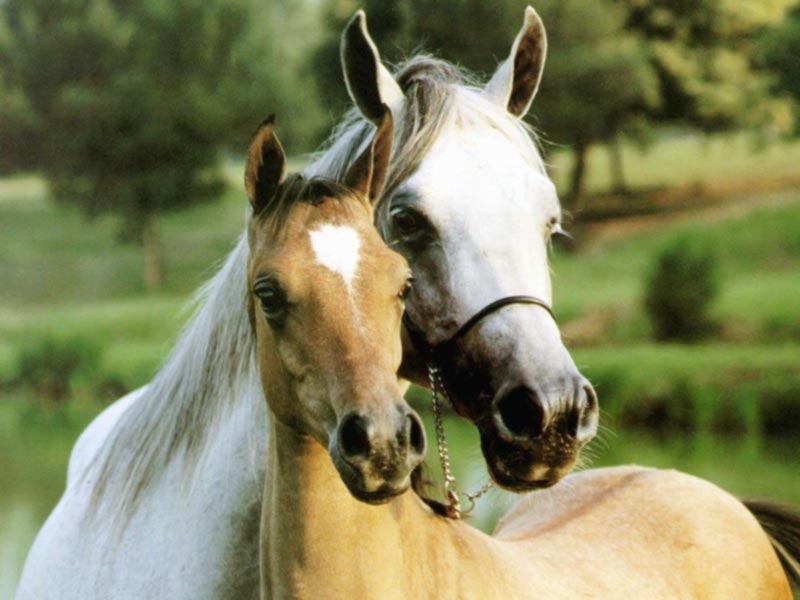The genetics that create many horse coat colors have been identified, although research continues on specific genes and mutations that result in specific color traits. Essentially, all horse colors begin with a genetic base of "red" (chestnut) or "black", with the addition of alleles for spotting, graying, suppression or dilution of color, or other effects acting upon the base colors to create the dozens of possible coat colors found in horses.

Horses which are light in color are often misnamed as being "white" horses. A horse that looks pure white is, in most cases, actually a middle-aged or older gray. Grays have black skin underneath their white hair coat (with the exception of small amounts of pink skin under white markings). The only horses properly called white are those with pink skin under a white hair coat, a fairly rare occurrence. There are no truly albino horses, with pink skin and red eyes, as albinism is a lethal condition in horses.
www.yahoo.com


No comments:
Post a Comment